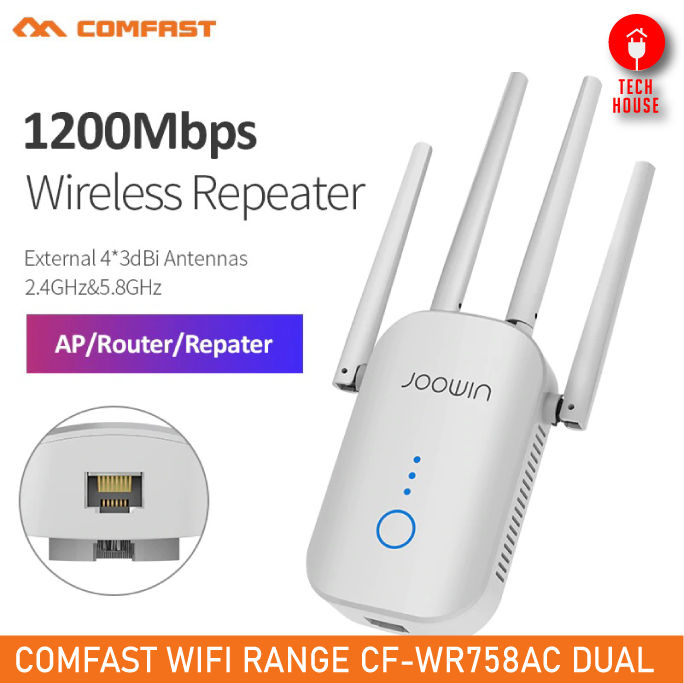

No, it’s not supposed to do that, but some do, especially as they get older and components start to break down.

Some of them emit some of the radiation used to warm up your pizza outside of the unit. Bluetooth, Microwaves, & Wireless Peripherals (2.4GHz)Īlmost everyone has a microwave in their house. Unfortunately, 802.11g still uses the 2.4GHz spectrum, which, as you might have suspected, is getting pretty crowded since all those Wi-Fi devices operate on the same frequency. Today it’s still a viable option, but is giving way to 802.11n and 802.11ac, which we’ll get to in a moment. Thanks to backwards-compatibility with devices that used 802.11b, consumers were thrilled! When this article was orginally written, 802.11g was still one of the more popular versions of Wi-Fi available. All together the changes were able to increase speeds up to 54Mbps. This version of the Wi-Fi standard brought some of 802.11a’s “stability” features and the inexpensive componentry of 802.11b, and the protocols were improved upon. 802.11g (2.4GHz WiFi)īy 2003, a new standard had been ratified, though many devices were using the 802.11g draft specification prior to the date that it was made “official”. Popularity of Wi-Fi began to grow, and the standards that backed it continued to improve.


It offered basically the same features as 802.11a, but used less expensive and more readily available components.ĭue to these factors, 802.11b saw significant adoption amongst home and small-office users, whereas 802.11a only saw any level of “success” in enterprise network environments. When 802.11a was going through its initial “growing pains” the 802.11b specification was being worked on. Also, at the time, components that operated on 5GHz were generally more expensive and harder to come by than 2.4GHz components. It was built around the 5GHz spectrum, but failed to gain much traction in the consumer market.īeing the “first” Wi-Fi protocol, it faced a steep learning curve and deployment problems which delayed the deployment of 802.11a networks. 802.11a (5GHz WiFi)Ĩ02.11a was a standard in 1999 which promised to bring network connections to devices delivered over the air instead of through copper cables. These days, it’s getting pretty crowded, and to help address the digital noise that comes with it, 5GHz WiFi is making a comeback. Devices based on 802.11b were generally less expensive and more readily available than those based on 802.11a, so the b specification quickly became the consumer standard. From a consumer perspective, there wasn’t much difference between the two. Way back when Wi-Fi first came out, there were two versions that you could chose from: 802.11a and 802.11b. The differences are very much specific to the environment in which each network is being used. While this could be the case in certain situations, there are many reasons why (from a technical perspective) 5GHz WiFi may perform better than 2.4GHz WiFi similarly, there are reasons why 2.4GHz WiFi may work better for you than 5GHz WiFi. Many have opined that using 5GHz rather than 2.4GHz is nothing more than a manifestation of a “placebo effect”. We’ve updated our 5GHz WiFi article to help address some of the points our readers have brought up, as well as to clarify the theories at work.


 0 kommentar(er)
0 kommentar(er)
